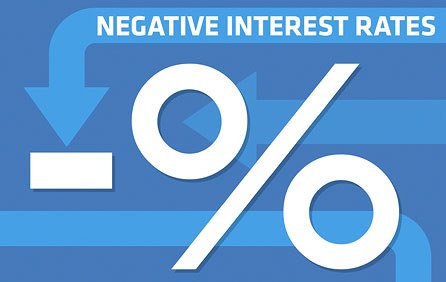 This likely slided below your own radar screen — except that of BZ’s — but the European Central Bank recently acted in an amazing fashion. It cut its deposit rate for banks from zero to -0.1%.
This likely slided below your own radar screen — except that of BZ’s — but the European Central Bank recently acted in an amazing fashion. It cut its deposit rate for banks from zero to -0.1%.
That is what is called a “negative interest rate.”
The point of the move is to prompt banks in the ECB to disseminate more loans to businesses and individuals. To try to create a current flow, if you will. Some people have an entirely different take on the ECB move: it’s outright desperation due to general failing European economic recovery.
Some people say a move like this will only serve to further unemployment and cause inflation, due to unintended circumstances.
Neil Irwin of the New York Times recently wrote in his June 4th article:
Europe Gets Negative Interest Rates. What Does That Even Mean?
First there was ZIRP. Now get ready for NIRP.
The first is “zero interest-rate policy,” the strategy for trying to stimulate economic growth that the United States has undertaken for the last five and a half years (and the Bank of Japan much longer than that). The second is “negative interest rate policy.” And that’s what the European Central Bank put in place on Thursday for the 18 nations that use the euro currency.
Irwin provides an example of a negative interest rate:
When a bank pays a 1 percent interest rate, it’s clear what happens: If you deposit your money at the bank, it will pay you a penny each year for every dollar you deposited. When the interest rate is negative, the money goes the other direction.
Negative interest rates.
Coming soon to a bank near you?
BZ


